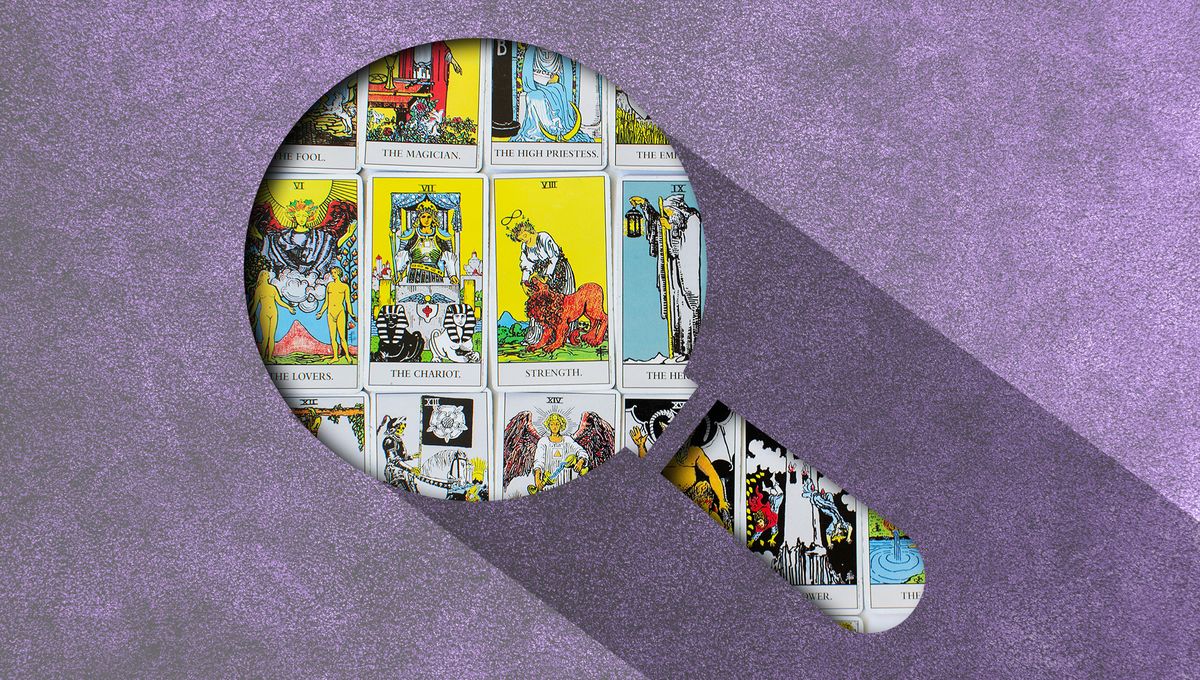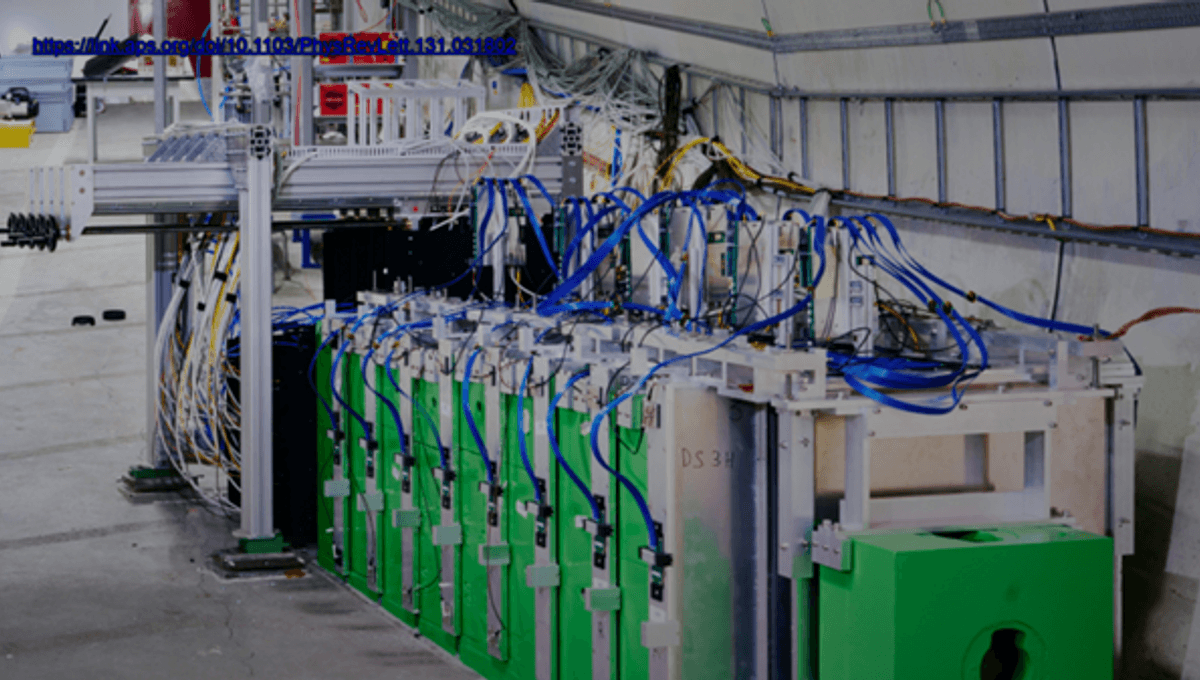Throughout history, soothsayers have captivated civilizations, from ancient Egypt to China, Chaldea, and Assyria. While many dismiss these shamans as charlatans and their predictions as unreliable nonsense, the desire to believe in extrasensory abilities still persists in modern-day believers. Despite scientific consensus debunking horoscopes, premonitions, and psychics, why do people continue to hold onto these beliefs?
To explore this question, I find myself drawn to Spiritualism and the opportunity to have my fortune told by Paula. I’m here to uncover the tricks of the trade and understand the psychological spells that psychics cast on their willing victims.
As we sit down, Paula hands me a deck of Tarot cards and asks me to shuffle and select five at random. As she turns over the cards and begins to interpret “the threads” she has gathered from the past, it becomes clear that she is conducting a “cold reading” on me. Without any prior knowledge, she relies on extracting information from me to build her predictions.
The Barnum-Forer Effect
Examining the cards she has turned over, Paula starts with compliments, describing me as “intuitive,” “empathic,” and someone who “reads people well.” These general statements, known as Barnum statements, were named after Phineas Taylor Barnum, a 19th-century showman and psychological manipulator. Barnum’s shows were filled with elaborate hoaxes, and his sentiment of having “something for everybody” perfectly captures the essence of a Barnum statement – a personality characterization that could apply to almost anyone. Consider the following assessment:
You have a great need for other people to like and admire you. You have a tendency to be critical of yourself. You have a great deal of unused capacity which you have not turned to your advantage. While you have some personality weaknesses, you are generally able to compensate for them. Disciplined and self-controlled outside, you tend to be worrisome and insecure inside. At times you have serious doubts as to whether you have made the right decision or done the right thing.
It sounds accurate, doesn’t it? In reality, these are just a collection of Barnum statements strung together to elicit the Forer effect – a psychological trait where recipients interpret a general personality assessment as highly personal and unique.
The effect is named after psychologist Bertram Forer, who in 1948 gave his students individualized personality descriptions based on their results from a previous test. The students rated the accuracy of the descriptions highly, only to later discover that Forer had given them all the same characterization, taken directly from an astrology book.
Rainbow Ruse
Another statement Forer used with his students was:
At times you are extroverted, affable, sociable, while at other times you are introverted, wary, reserved.
Aside from being a vague Barnum statement, this description is an example of the rainbow ruse, a cold-reading technique. By providing statements that encompass opposing aspects of an emotion or experience, the rainbow ruse covers a wide range of possibilities. These statements are designed to span the entire spectrum of an emotion or character trait, allowing individuals to choose the aspects that best apply to them.
During my session with Paula, she attempts to identify potential “emotional blockages” by using a crude illustration of the rainbow ruse. She tells me, “There are times when you’re happy and up here,” raising her hand high, “and other times when you’re sad and down there,” lowering her hand accordingly. I can’t help but think that everyone has experienced both happiness and sadness in their lifetime, but I nod in agreement nonetheless.
To add some variety, I decide to ask Paula if








